Home > OUR LEGACY
Initiated by Indonesia’s Founding Father President Soekarno in 1962. First launched in 1966 as InterContinental Bali Beach Hotel (BBIH), renamed to Bali Beach Hotel, managed by PT. Hotel Indonesia International (HII) in 1979. Reopening in 1993 with a new name, The Grand Bali Beach. After the merger of PT Hotel Indonesia International with PT Natour, it was named Inna Grand Bali Beach Hotel. Then underwent a slight change to the Grand Inna Bali Beach Hotel.
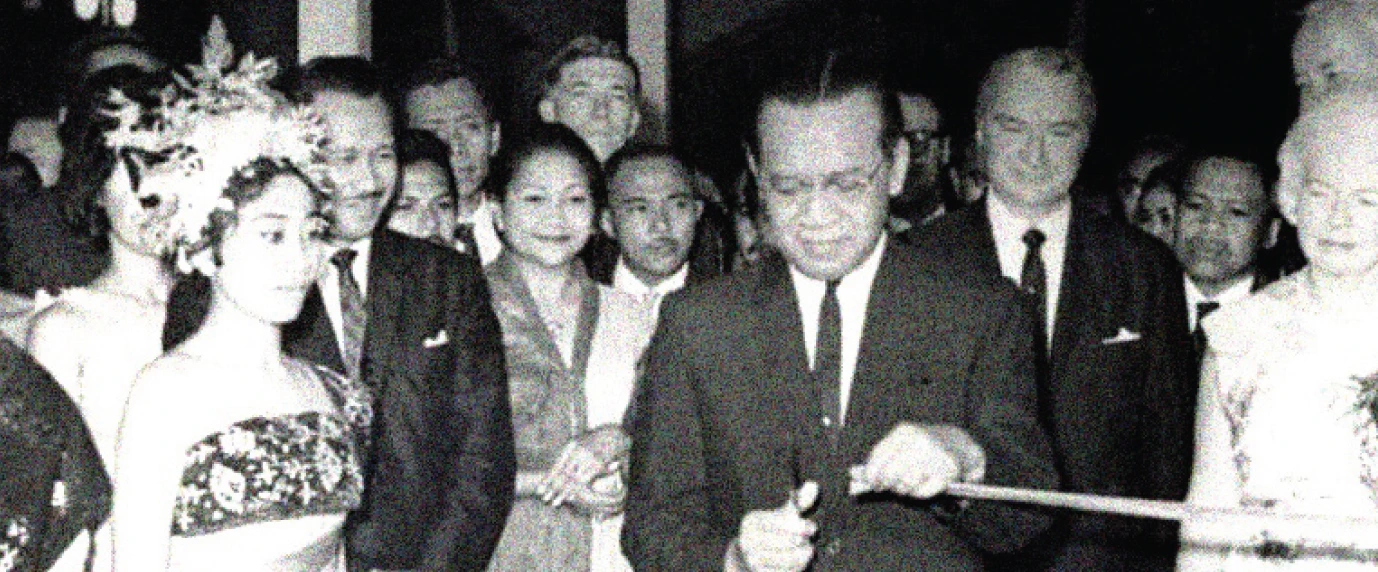
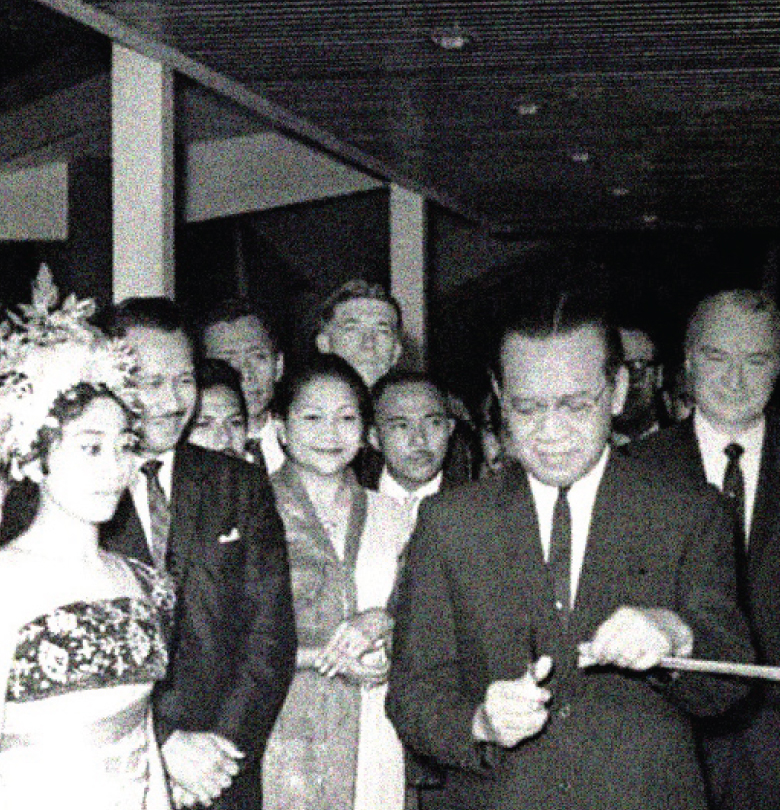
Bali Beach Hotel stands tall as a tribute to history, celebrating the visionary roots that shaped Indonesia’s hospitality. Embracing echoes from the past, this cherished sanctuary welcomes the revival of a rich legacy, intertwining threads of heritage and tradition into a renewed splendor. With a dedication to preserving its founding father’s essence, this iconic destination warmly reimagines its historic soul, passing on an enduring legacy for generations ahead.
A living tribute to Indonesia’s unity in diversity, fostering an environment where history thrives, traditions flourish, and guests become part of an enduring legacy. With each stay, you not only indulge in the comfort of our accommodations but embark on a captivating journey through time, leaving with not just memories but a profound appreciation for the rich and vibrant heritage of Indonesia
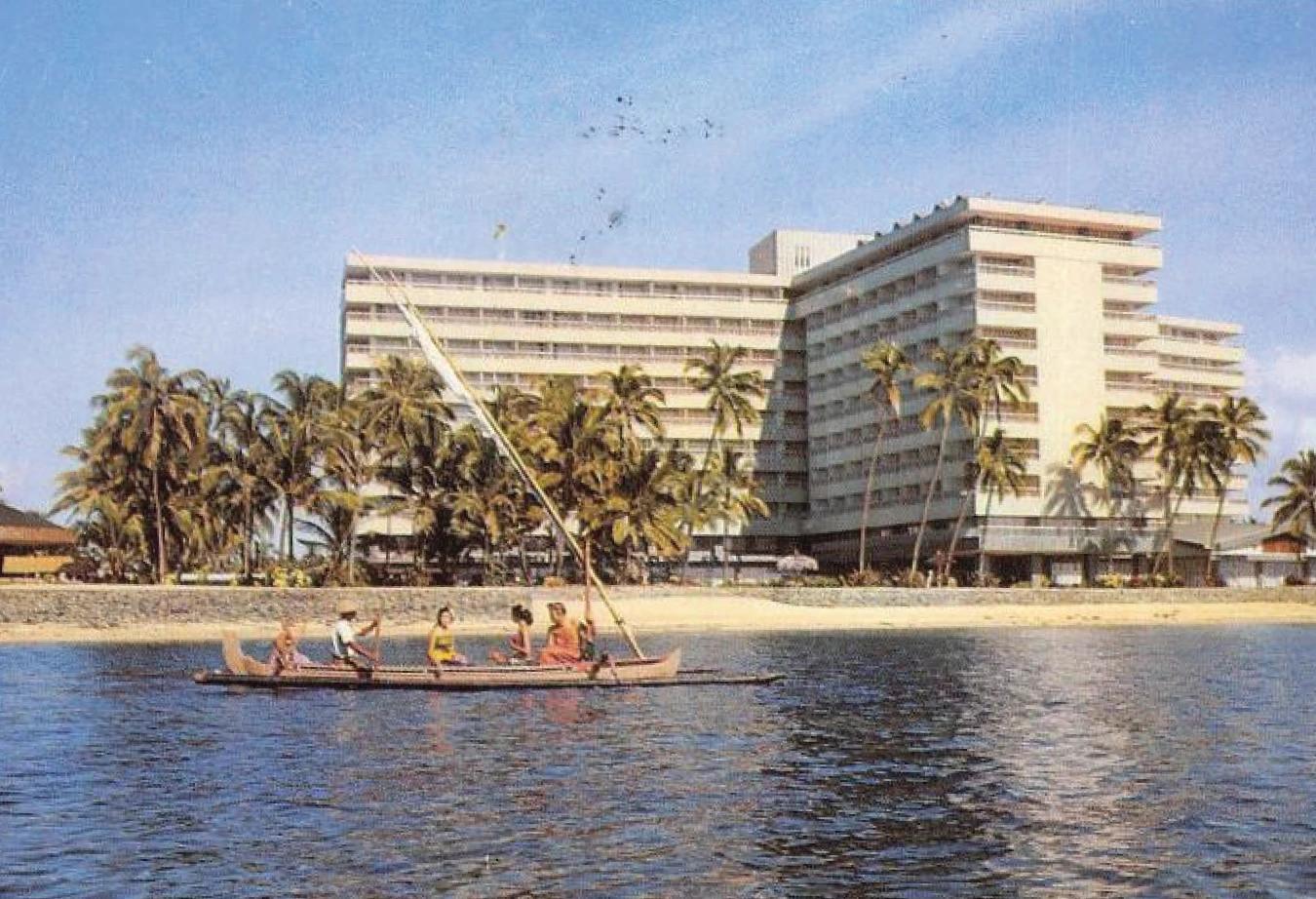
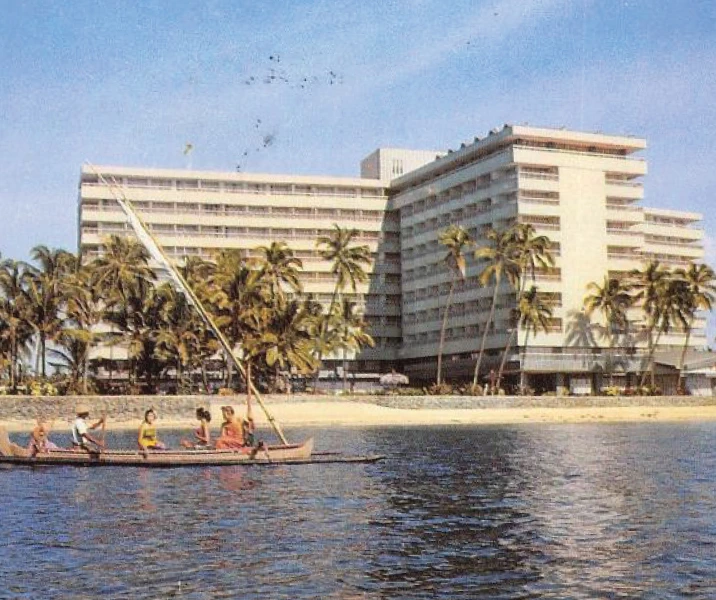
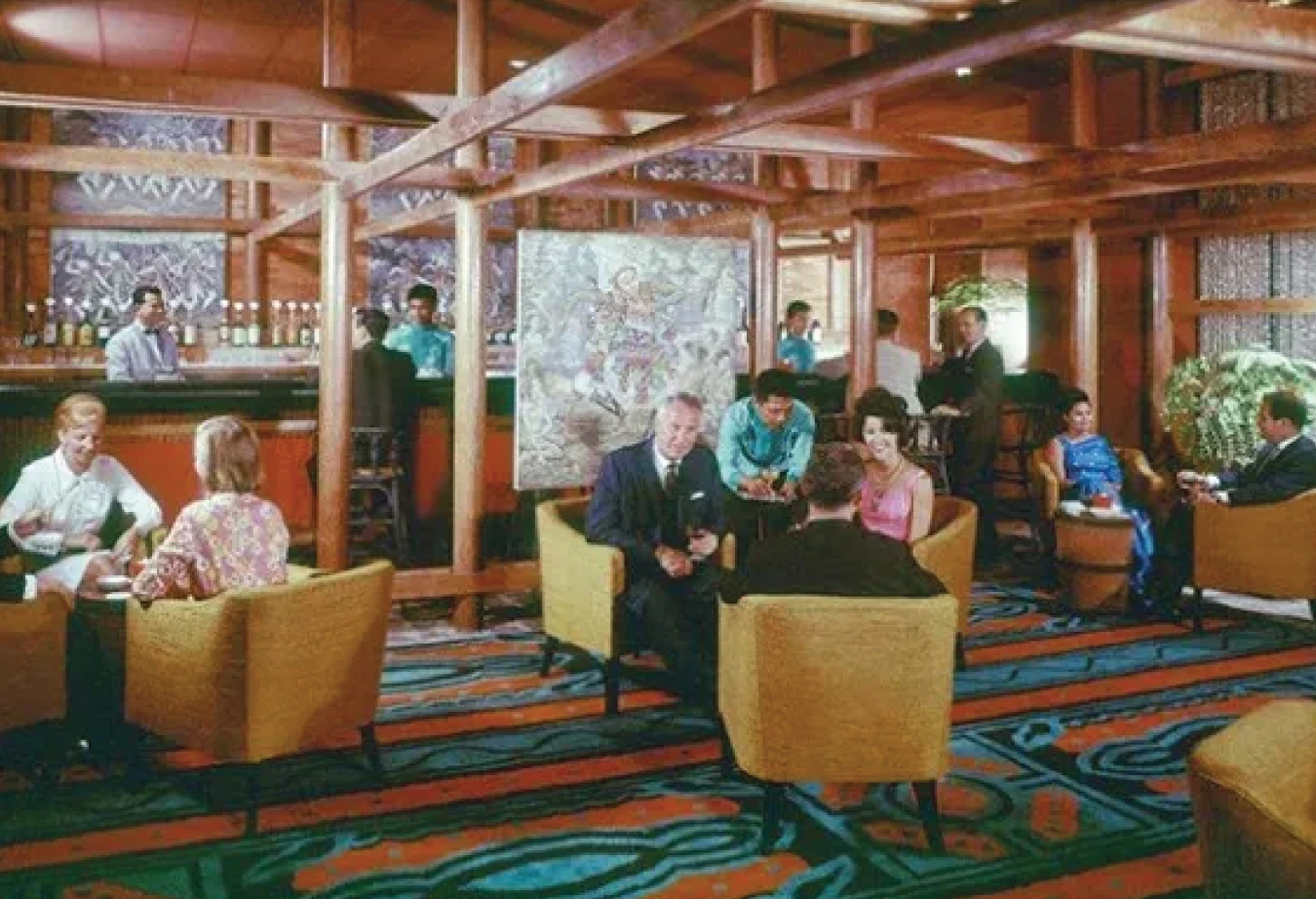
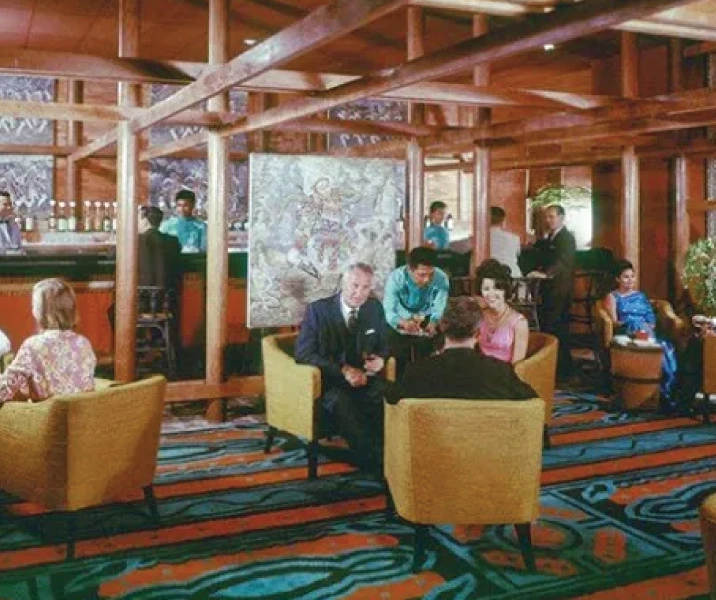
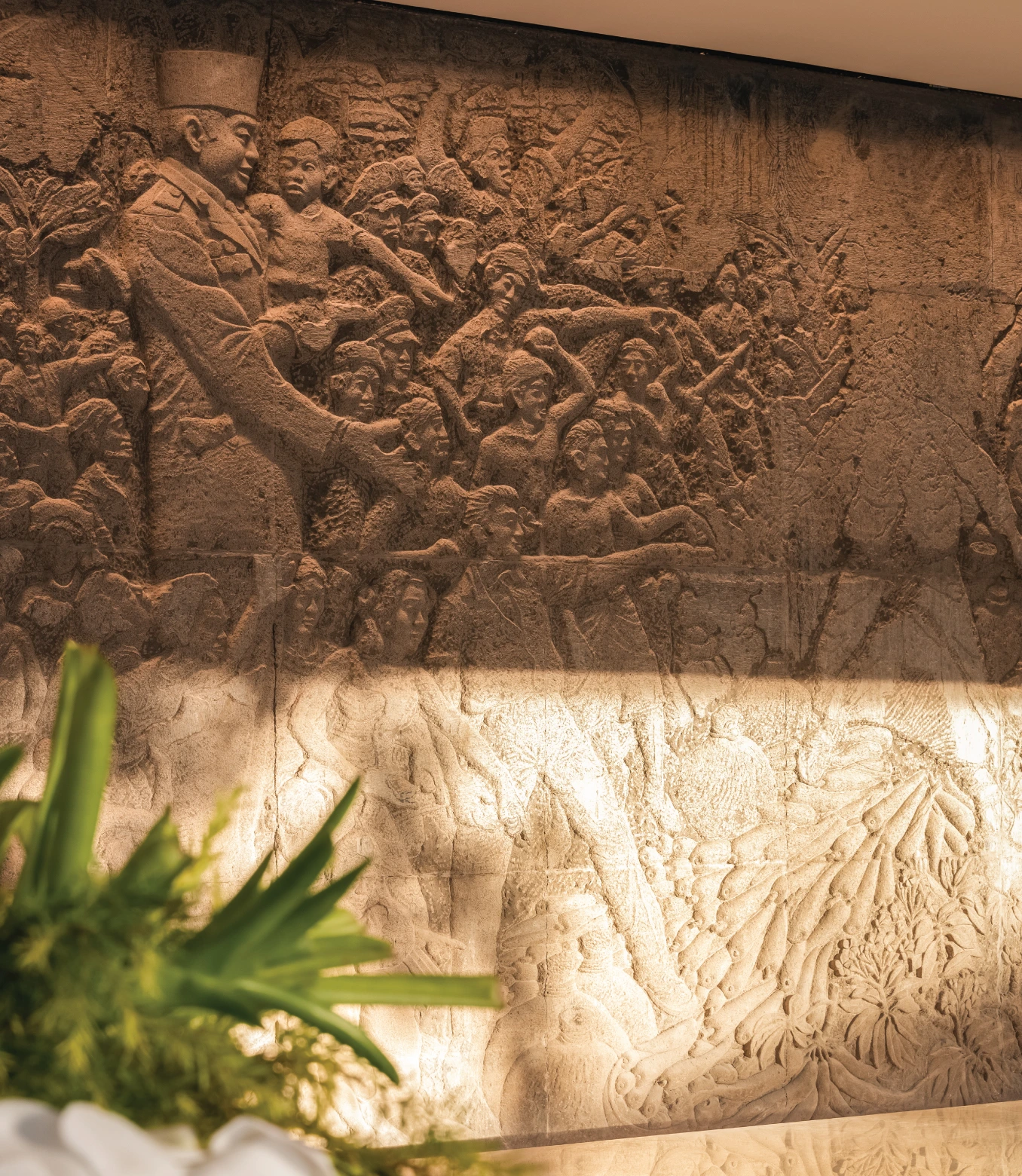
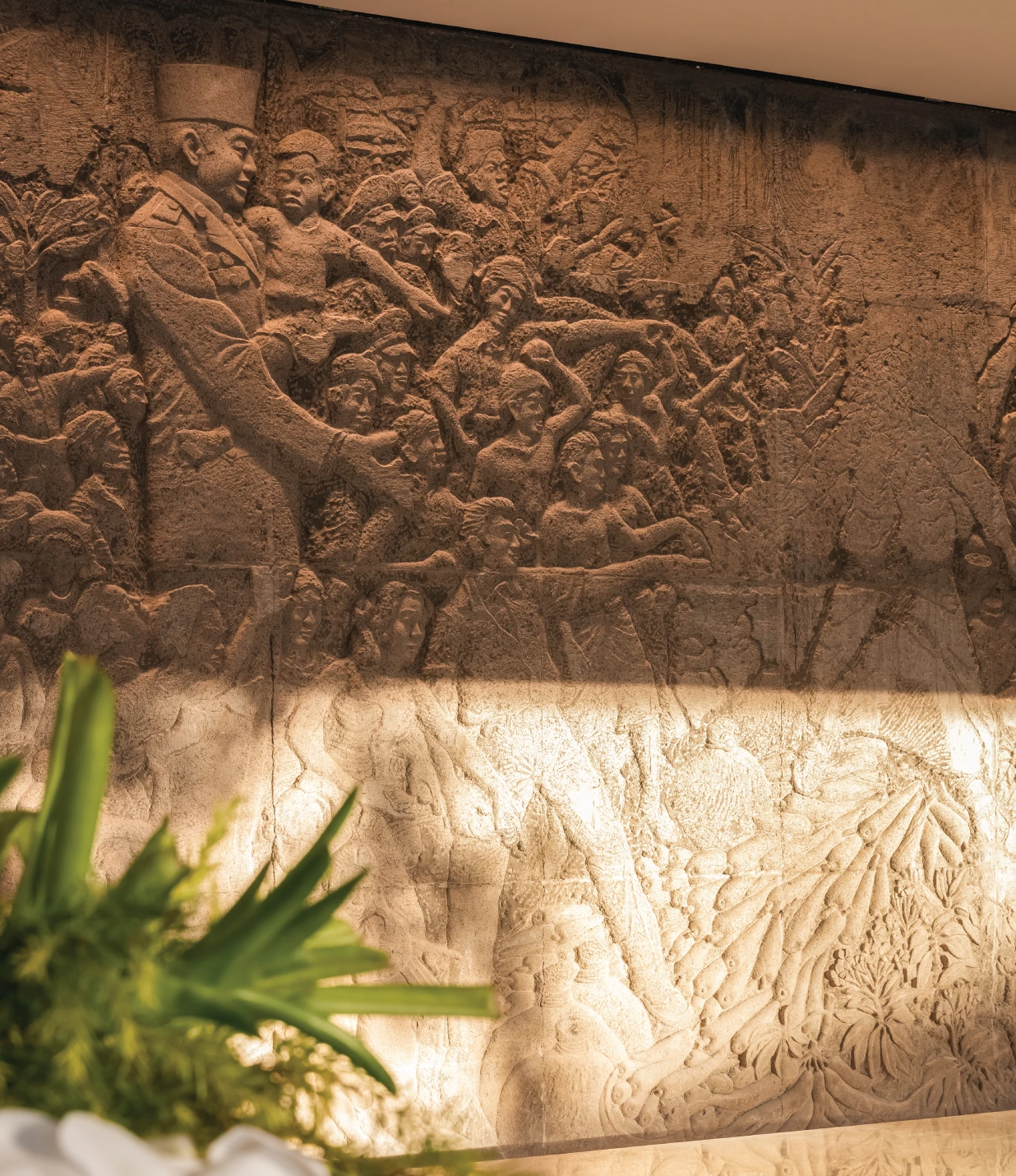
This relief portrays the daily life in Bali, with a central focus on President Sukarno standing and holding a boy amidst a beautiful natural setting, surrounded by people engaged in their activities. It seems as though the President is symbolically expressing hope for Indonesia’s future.
Unfortunately, the relief remained incomplete due to the events of the 30 September 1965 Movement in Jakarta, leaving the planned outline of the relief inlay visible around it. Following the incident, representatives of the New Order government demanded the removal of the President’s image to continue funding the project, but Harijadi refused. Consequently, the funding was halted, and Harijadi continued the work at his own expense.
This relief, made from the finest andesite stone, stands as an important witness to the journey of the Indonesian nation and the resilience of its people.
Sign up now to stay informed about exclusive offers, news, travel inspirations, and more.
By subscribing, you are agreeing to our terms and conditions. See privacy policy for more.
JALAN HANG TUAH
SANUR KAJA, DENPASAR SELATAN,
KOTA DENPASAR, BALI 8022
PHONE: +62 (0361) 2012000